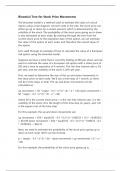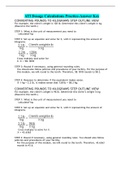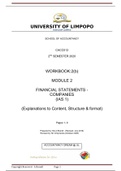REFLECTION
The phenomenon where light rays return to the same medium upon
striking a surface is known as "reflection."
Laws of Reflection:
The First Law of Reflection: The incident ray, the reflected ray, and the
normal to the surface at the point of incidence, all lie in the same plane.
The Second Law of Reflection: The angle of incidence is equal to the
angle of reflection. In other words, the angle between the incident ray
and the normal is equal to the angle between the reflected ray and the
normal.
*These laws of reflection are applicable to the reflection of light from any
smooth surface, not just mirrors.*
Properties of Image Formed by a Plane Mirror:
1. An image formed by a plane mirror is virtual and erect.
2. The Image is laterally inverted
3. The image formed is as far behind the mirror as
the object is in front of it
4. The Size of the image is Equal to that of the Object
(m=1)
, FARHAN AL
Spherical Mirrors:
Mirrors, Whose reflecting surfaces are spherical in the part of a hollow
sphere of glass. A Concave mirror is a curved mirror where the reflecting
surface is on the inner side of the curved shape. Convex Mirror is a curved
mirror where the reflective surface bulges out toward the light source.
Sp e c Mir s:
(1) Concave mirror - Whose Reflecting Surface is curved inwards is called a concave mirror
(2) Convex mirror -Whose Reflecting Surface is curved outwards is called a convex mirror
Terms used in Spherical mirrors:
●
● Pole: The center of a spherical mirror's reflecting surface coincides with th
mirror's surface itself. Typically, we denote the mirror's pole with the letter
● Centre of curvature: A spherical mirror has a curved surface from a
sphere. The center of that sphere is the center of curvature. In concave
mirrors, it's in front, in convex mirrors, it's behind.
● Radius of curvature: The sphere's radius, from which the reflecting
surface of a spherical mirror is derived, is symbolized by the letter "R."











